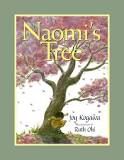
Students have just finished reading the historical fiction novel, Number the Stars. This novel is about two families living in Denmark during the German occupation of WWII. Annemarie’s best friend, Ellen and her family are Jewish and need to escape Denmark to avoid persecution. Will Annemarie and her family be able to get them to Sweden before it’s too late?
The guiding questions students considered while reading the novel were:
- What is personal freedom and why is it important in your life? Why is it essential to protect the freedom of others even if your own is not threatened?
- How did WWII affect the lives of those who lived through it? What lessons can people today take from that historical event?
Please visit your child’s blogfolio to see their personal reflection.





